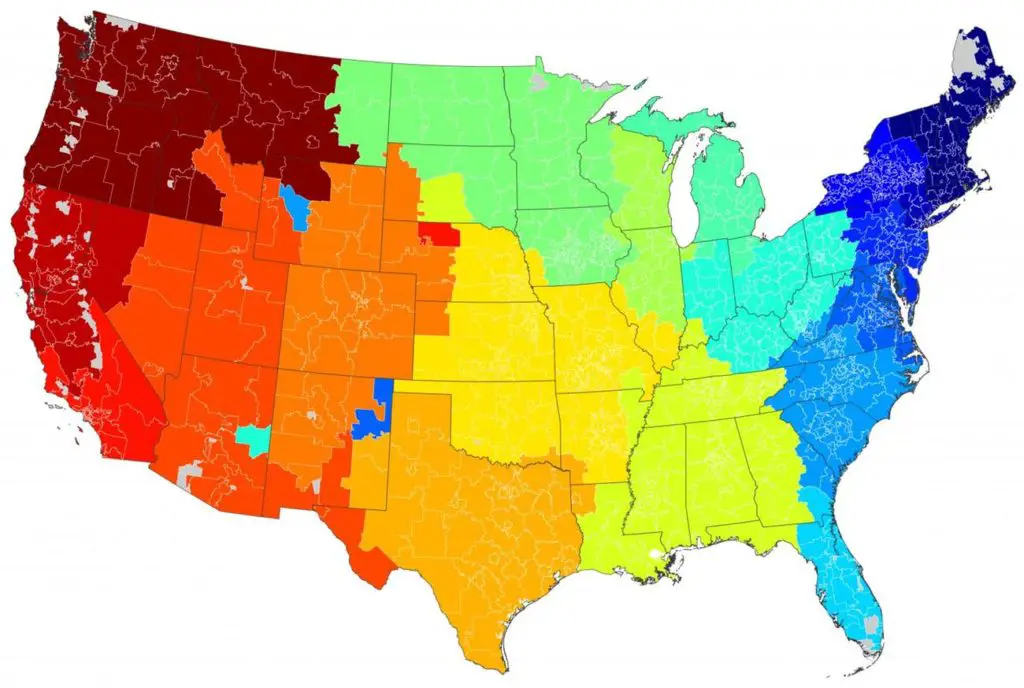(Last Updated on June 3, 2019 by Datezie Editors)
As the infamous Meatloaf sang it so eloquently in the 80s: would you do anything for love…except, travel? That’s question is at the heart of new research that analyzed how distance plays a factor in whether or not you swipe right or left on a match. What scientists discovered was a person’s likelihood for commuting to meet someone who piqued their interest relied heavily on where they are located. While certain regions of the country were open to driving the long-haul to foster a potential long-haul relationship — others weren’t quite as keen. Mark Newman, Ph.D and Elizabeth Bruch, Ph.D., both from the University of Michigan, released their findings in an academic paper.
How’d they determine how miles translated into magic? By analyzing — wait for it — 15 million direct messages on a dating app. Though they didn’t reveal which one exactly, they noted it as a ‘widely popular download.’ (Cough, Tinder, cough, if you ask us.) To understand the motivation behind singles and their perspective on traveling across state lines, this dynamic duo created an algorithm. When put into practice, it would calculate reciprocated messages vs. unanswered chats. It then would decipher where the two folks were located.
In other words: the researchers couldn’t say with certainty that a person from Ohio would travel to Kansas for a date — but they could look at if they’d respond to someone from the Sunflower state.
Dr. Newman says the data split up the country into 19 regions, indicated by the map below.

The spectrum of hot to cold colors indicate how far indicates how far daters within regions are willing to travel for love. Surprisingly, the regions mimic how the map of the country is usually divided — with a few exceptions. Half of the state of Pennsylvania, for example, would commute, while another half wouldn’t. Some states were more likely to only date others located in the confines of their state, including Texas and California. In areas where states are all within a hundred or so miles of one another, daters tend to be a little more open-minded.
Another part of their research looked at major metro hubs in Boston, New York, Chicago and Seattle, where Dr. Newman suggests folks split into age categories. These include the early 20s, late 20s, the 30s and the 40s. Interestingly, he notes people will try to break out of their age groups (messaging someone older or younger) — but they aren’t as likely to get a response. This may due to a stronger sense of community in these walkable, progressive towns — where nearly everything feels within reach, so why shoot lower or higher?
Though it’s definitely food for thought — it’s important to remember the study didn’t analyze any type of actual action. Instead, it only looked at messaging. So the moral of the story? As with anything with dating — you do you, boo. (And perhaps, don’t move to Texas.)







